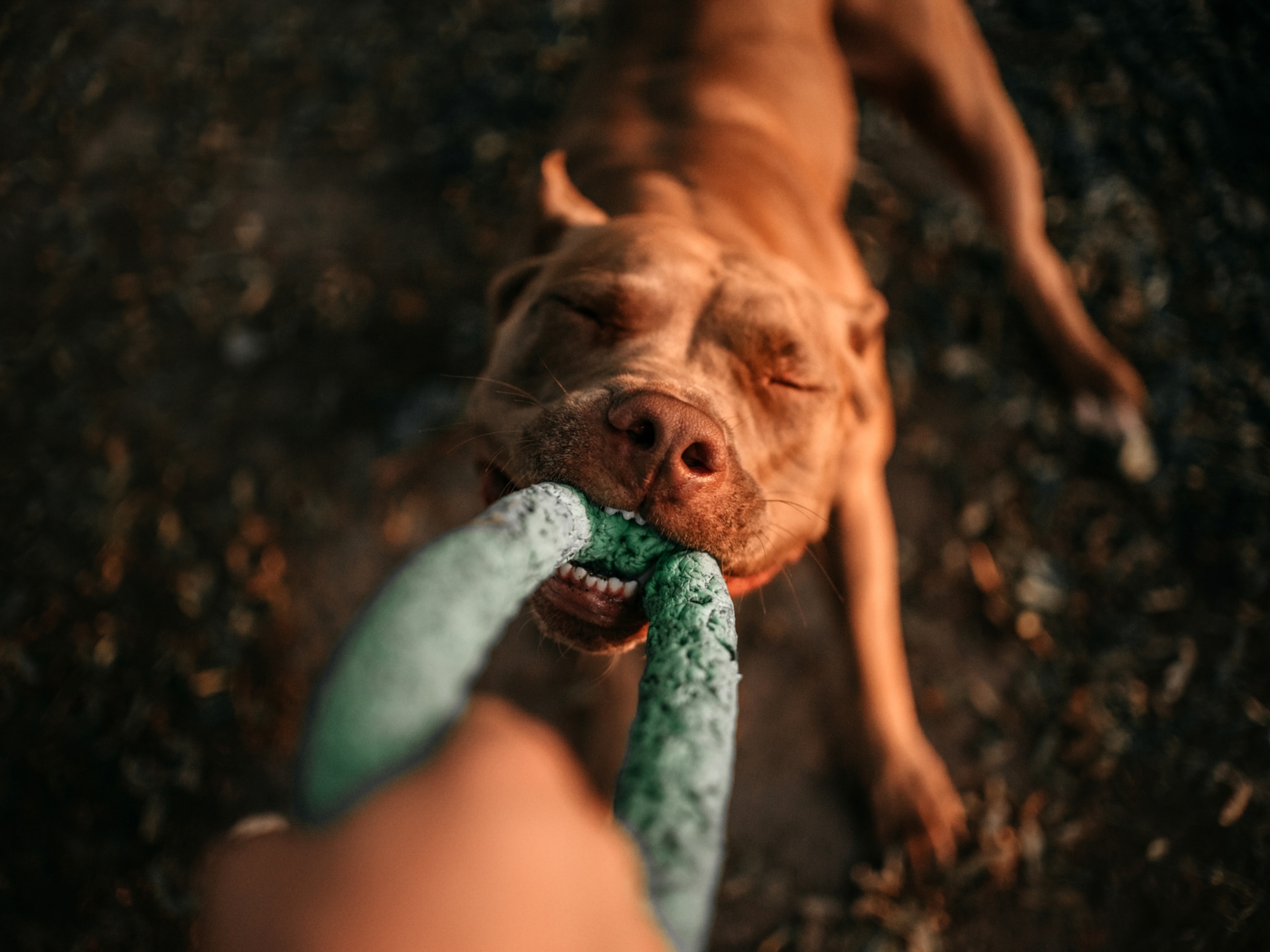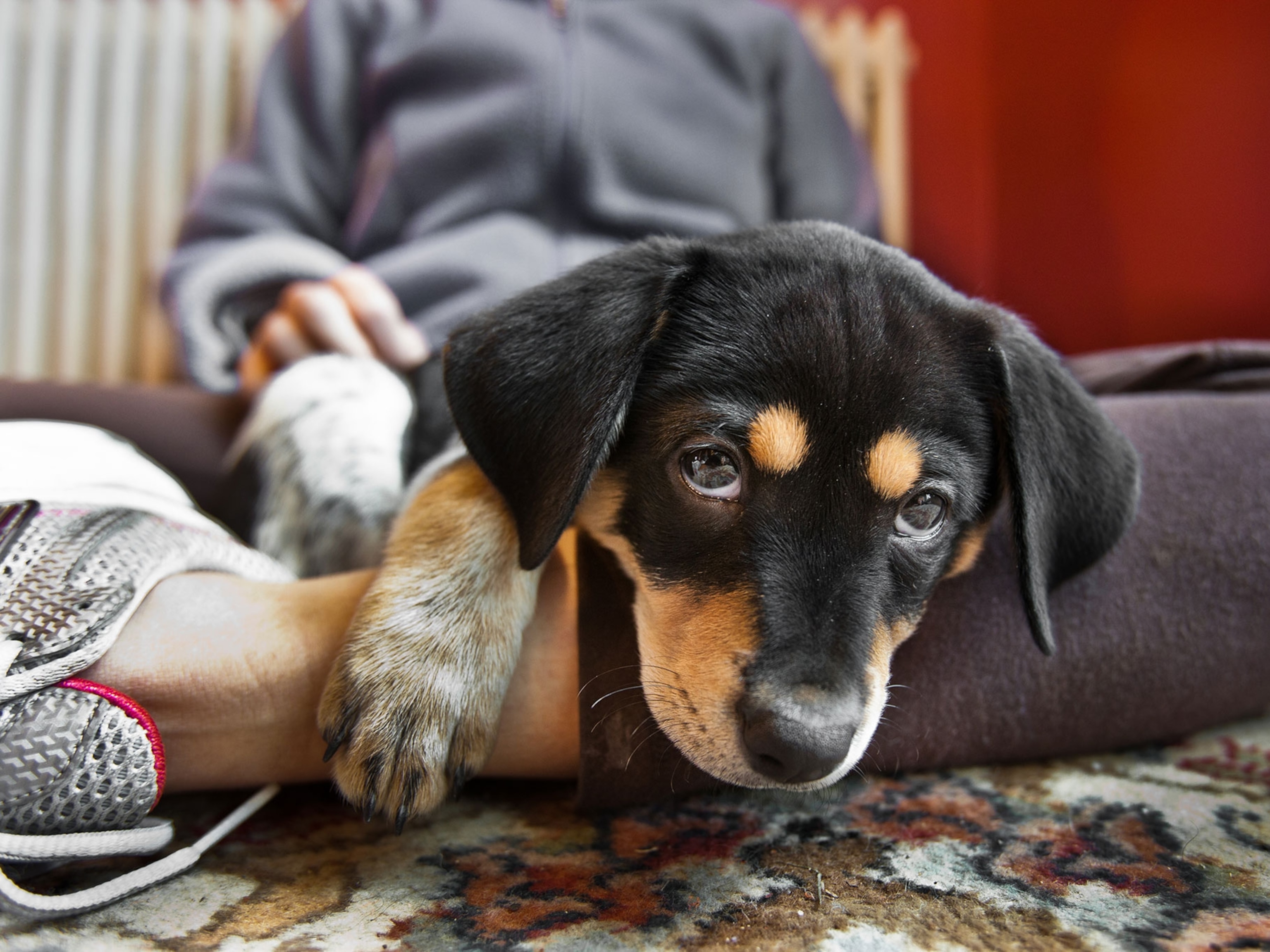
Pets on a Plane: How to Travel Well With Animals
Two million animals take to the skies annually in the U.S.—here's what experts recommend to make sure it goes smoothly.
When pigs fly? It might happen more than you think. Over two million U.S. pets and other animals travel by air each year, according to the U.S. Department of Transportation.
One of them, a meowing cat on a recent flight, led Saturday’s Weird Animal Question of the Week to ask our own question: How do pets handle travel, and what can owners do to make it go smoothly?
Be Prepared
Just like us, “some pets are very good travelers and others become very uncomfortable or afraid," says Monique Udell of Oregon State University.
Acclimating a pet to traveling while they’re young can help, but if the animal seems stressed for instance, leaving them home “with a trusted caretaker” is likely the better option, Udell says. Panting and vocalizing are signs of stress in cats and dogs.
Some airlines allow small pets in carriers in the cabin with you and some will take animals in cargo —the U.S. Department of Transportation has more information, and you can check your airline for their policies and specifics on conditions of holds, like temperature, humidity, and presence of other animals. However Nicholas Dodman, an animal behaviorist at Tufts University, cautions that such holds are often “far too scary” for pets.
So if your animal is too big to travel with you in the cabin, or doesn’t travel well, it's "best to leave it at home with the proper care," Dodman says.
Carlo Siracusa, of the University of Pennsylvania School of Veterinary Medicine, agrees that though the holds are safe, it’s preferable for a pet be with you on the flight so you can monitor them.
Siracusa also advises telling the airline in advance if you’re flying with your pet: They may allow only so many animals per flight. (See "Traveling with Pets Overseas: A Guide to Some Quirky Rules.")
Try Before You Fly
Get your pet acclimated to their carrier well ahead of travel. Putting a blanket and some treats in the open carrier to invite them inside can help, Siracusa says.
So can using pheromone spray, a natural substance "that cats use to mark something as comfortable,” Siracusa says.
Once your pet has ventured inside, close the carrier for increasingly longer periods until it feels comfortable—and make sure it's well ventilated.
Siracusa doesn’t recommend tranquilizers, but if you think they might be needed, consult your vet and try them in advance: Cruising altitude is no place to test medication on a pet. Don’t give them to pets in cargo holds because you won’t be there should anything go wrong.
“There are nutritional supplements that have anti-anxiety effects,” she says—another item to vet with the vet and try before flying. (See video: "Plane Full of Sled Dogs.")
Also know that taking your pet out of a carrier to go through security can be tough, “because many cats get very scared” in the noisy, crowded airport. Hang onto them: Siracusa has seen animals dash outdoors in the hubbub.
Riding in Cars with Dogs
If you're traveling by car, the Humane Society of the United States advises having your pet secured in a carrier, ideally in the back seat, though Siracusa adds there are beds, hammocks, and other comfortable devices available for their safety. Pets on long trips “should not travel outside of a car, and definitely not on the roof,” Siracusa says. (Yep, we asked.)
You can also plan breaks for your pet for snacks and exercise, not to mention stop whenever you need to, Oregon State's Udell says.
Overall, traveling with pets usually goes well, Sircusa adds, but these tips should help owners “avoid bad surprises.”
Isn’t that what the holidays are all about?
Weird Animal Question of the Week answers your questions every Saturday. If you have a question about the weird and wild animal world, tweet me, leave me a note or photo in the comments below, or find me on Facebook.





